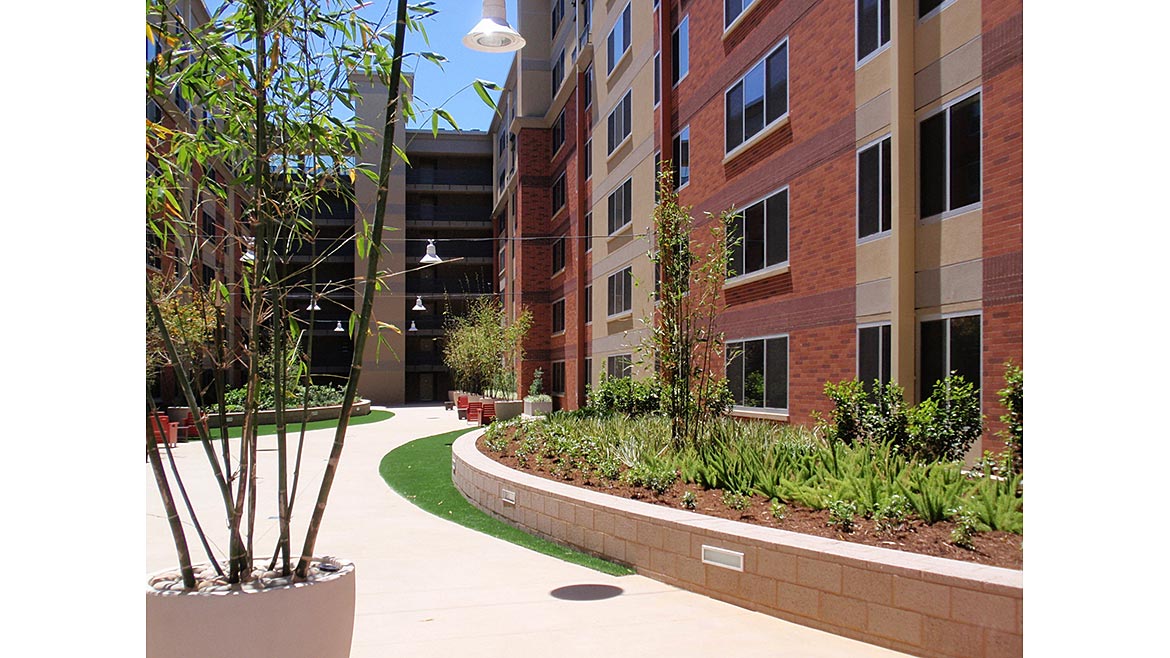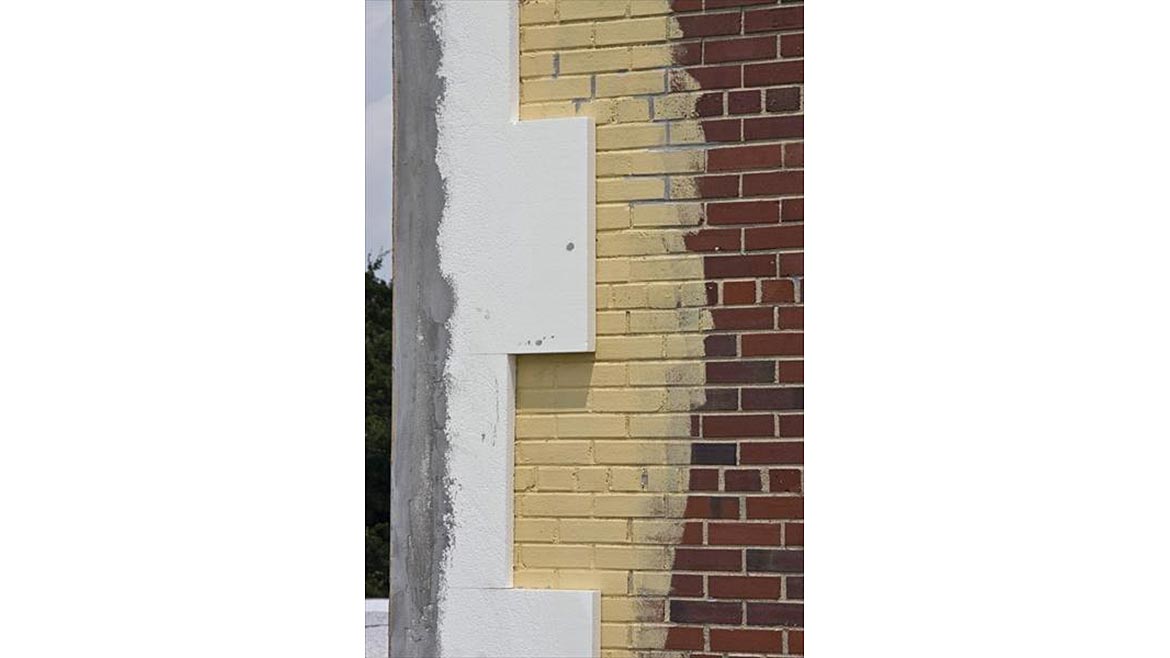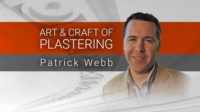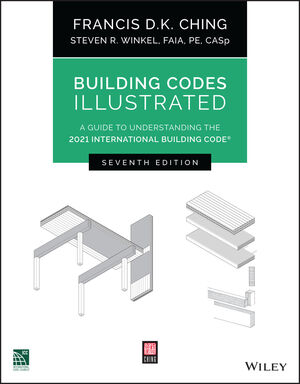“Attachment.” It is a very thought-provoking word as it relates to human connectivity and, yes, even in construction. On the emotional side, we have become attached to a specific tool or article of work clothing, using it until it is useful no more. We can become attached to the cohesiveness of a well-tuned crew from which lifelong friendships are born. We can have a healthy attachment to a particular job, having overcome many challenges or it was the most rewarding job you had or the project is absolutely beautiful. Those of you in the trades know what I am talking about. We don’t seek it—it just happens.
Therefore, taking a hard right as I sometimes do, I am going to explore the word “attachment” as it relates to stucco and EIFS claddings in the physical sense. You know—the powder actuated driven fastener, hammered nail, turned screw and, of course, the non-physical adhesion. Lightness aside, this is a really important, nay, critical component of installing a stucco or EIFS cladding.
I got the idea for this article from a posting I read on one of the popular “business” social media platforms. It showed a stucco cladding on the verge of completely falling off the face of a building.
The pictures provided showed it as a stucco product applied over a metal lath; either screwed or tied to a metal channel framework, which was attached to a brick building. I was not able to determine if it was a brick façade or an actual brick wall. The cladding spanned from side corner to corner but did not cover the entire elevation height. It instead stopped feet short of the roofline to leave exposed brick above the stucco, presumably as a design feature. There was a flashing at the transition between the top of the stucco and the brick above. The damage was due to moisture eroding the fasteners over time, coupled with very high winds rocking the entire façade, further challenging the bite of the fasteners still holding on.
I pass no judgement of this assembly and do not say it was applied right or wrong. My point is that when mechanically fastening, there are certain requirements for success. Let’s just get this out of the way for all claddings: you have to keep the water out or something bad is going to happen. An important “must” for mechanical attachment is one needs to have a proper penetration into the substrate or framing member(s). For adhesive attachment: A good bond between two properly prepared surfaces. As a rule of majority, stucco applications are mechanically attached, with an exception, and EIFS are attached adhesively with an exception.

Attached to the Stucco
For wood-framed structures, the mechanical attachment of the specified lath product, a driven fastener, needs to penetrate the framing member not less than 3/4 inch. If a screw is used, it has to penetrate the framing member not less than 5/8 inch. In addition, as a point of clarity, the sheathing is not part of the framing member and its thickness is not inclusive of the penetration requirement.
For metal-framed structures, the lath may be attached with screws, and they need to penetrate through the framing member with a minimum of three exposed threads.
For solid base substrates, like brick, block, pour-in-place concrete, tilt-ups, etc., a powder-actuated fastener or a hardened stub nail, or both, are installed in rows 16 inches apart and every 7 inches vertically. The fasteners and stub nails need to be not less than 3/4 inch.
Queue the exception. To metal framing members, “… 18-gauge wire ties, clips or by other means of attachment which afford carrying strength and resistance to corrosion equal to or superior to that of wire” (Ref. ASTM C1063, 7.3.4.1.). Rib lath can be tied to the metal framing member with wire. Moreover, for corner beads applied to a solid substrate, adhesive may be used.
Rewind to the article where a metal framework was attached to the solid substrate, upon which a stucco assembly was applied. The “attachment” of said cladding was only at the fastener points of the framework to the brick and it’s anyone’s guess as to quantity, penetration depth or type of fastener. Again, I am not informed as to the specifications or design or even the reason a stucco cladding was applied; I just know it is falling off the building. Attachment be damned.
It’s no secret I have an attachment to the EIFS cladding, a beautiful orchestration of high performance and simplicity, peppered with flexibility (and everything the word implies). And, in a situation like the falling away stucco cladding, a potentially better option.

EIFS Adhered
As I mentioned before, most EIFS claddings are adhered. Back during my Dryvit days, through a barrage of “why” questions slung at the engineers, I learned that the adhesive used to attach EIFS to approved substrates would not fail in negative wind load testing. Tests taken to a point of failure, where the negative wind load test was well in excess of any known weather occurrence to humankind, showed two results. One was the sheathing literally coming apart, and the other, the EPS foam disintegrating and separating from the adhesive. I was impressed by this. I have seen, however, that there is another failure occurrence, where water migrates between the substrate and EIFS and does its water thing, washing out the success.
Successful adhesion of an EIFS cladding requires clean surfaces. In most new construction, this is a non-issue in that there is a liquid WRB applied to the sheathing and the EPS is fresh out of the bag. In a retrofit circumstance, an applicator must ensure the substrate surface is “free of deleterious material” (that’s an EIFS quote). It is very easy to perform an adhesion test and all of the EIFS manufacturers have a how-to instruction process to do this.
Time to introduce the exception. In the way-back days of barrier EIFS, there were two ways to install it, adhesive and mechanical. It was falsely assumed that mechanical was superior because heck, it was a hard, fast connection assumed better than gluing. Failure here was when the foam disappeared, blown away, except where left underneath each fastener. Little circles of loyalty. In addition, in the freshman years of drainage EIFS, because a drainage mat was nestled between the WRB coated substrate and the EPS foam, adhesion was impossible. This didn’t last too long, and now there are little to no mechanically fastened EIF systems.
Let me offer my opinion as to how an adhered EIF system would have been a potentially better solution than the stucco cladding on the project I read about. First off, there would be no mechanical attachment into the existing cladding, the brick. EIFS weighs one pound per cubic foot, so it is very lightweight overall. It could have been applied to the entire surface and the finish made to look like stucco and brick. Moreover, let’s just pour out all of the other benefits: insulates, fast installation, minimal maintenance and durability in all weather conditions.
“Stay attached.” This is a good mantra for us to adhere to, both in our personal relationships and in our cladding applications. Success? It all starts here at the point of attachment.








